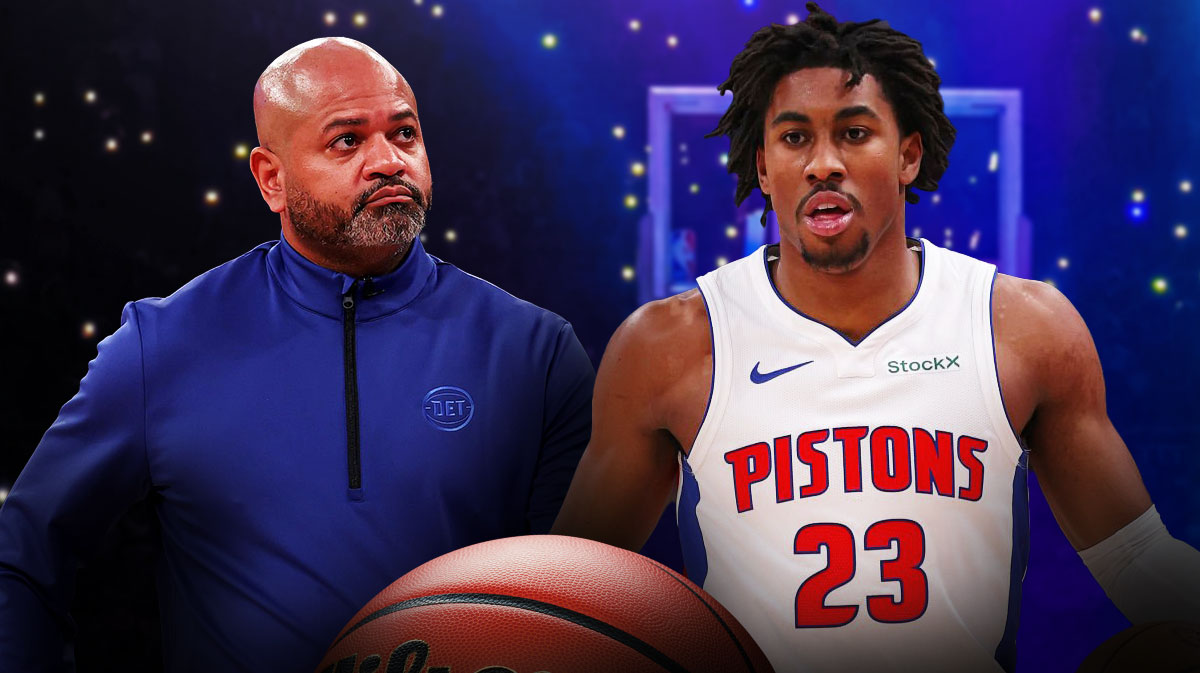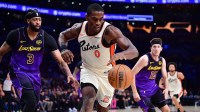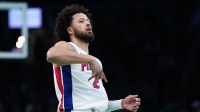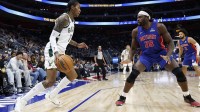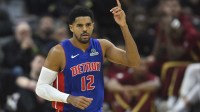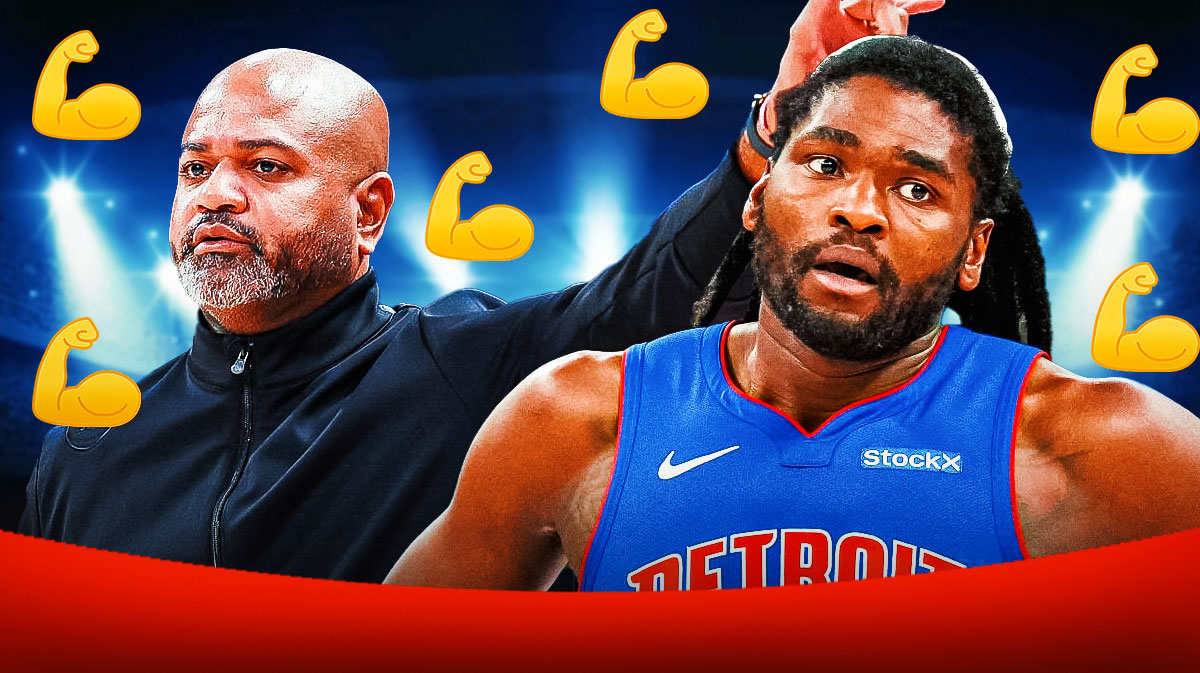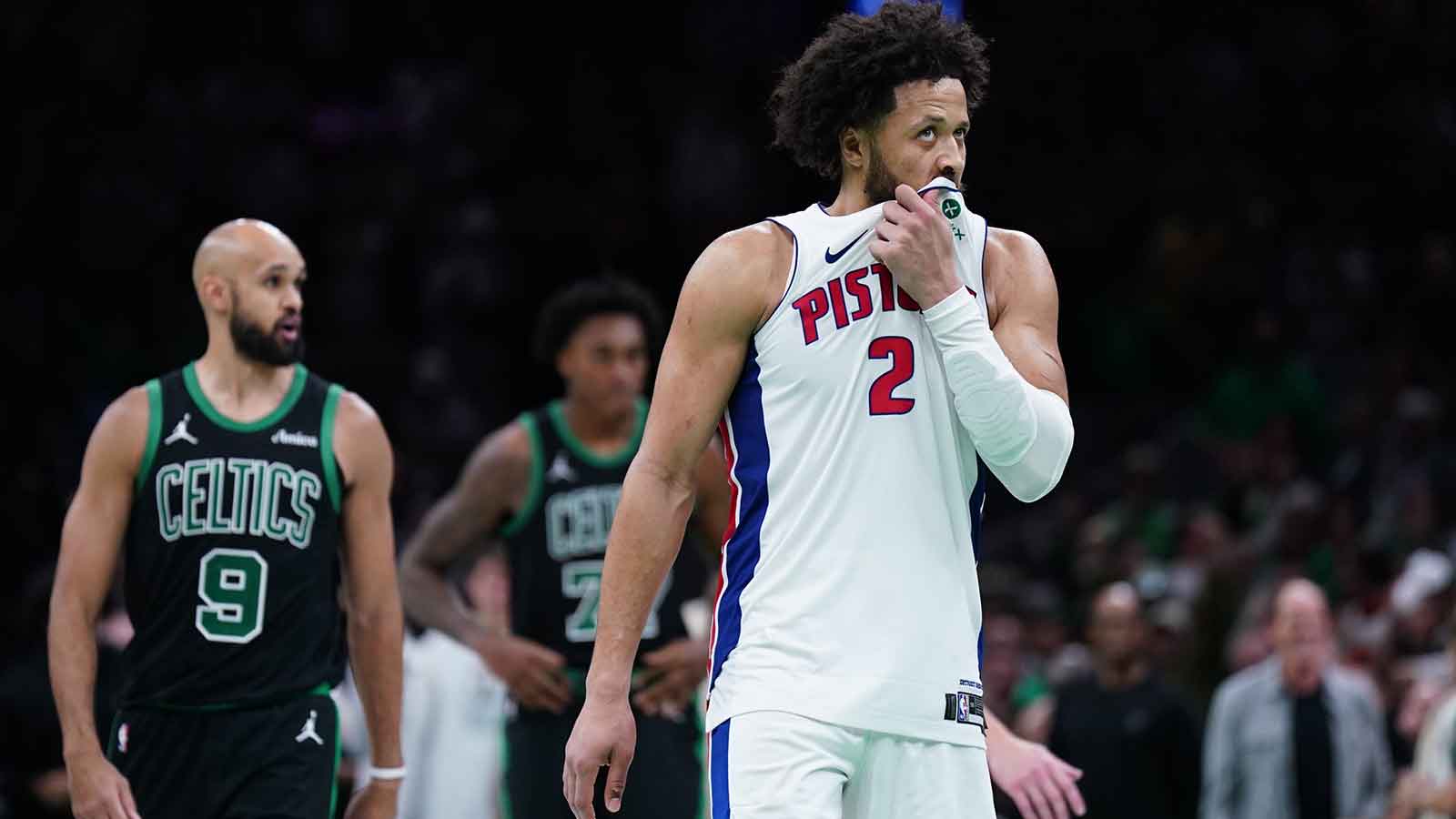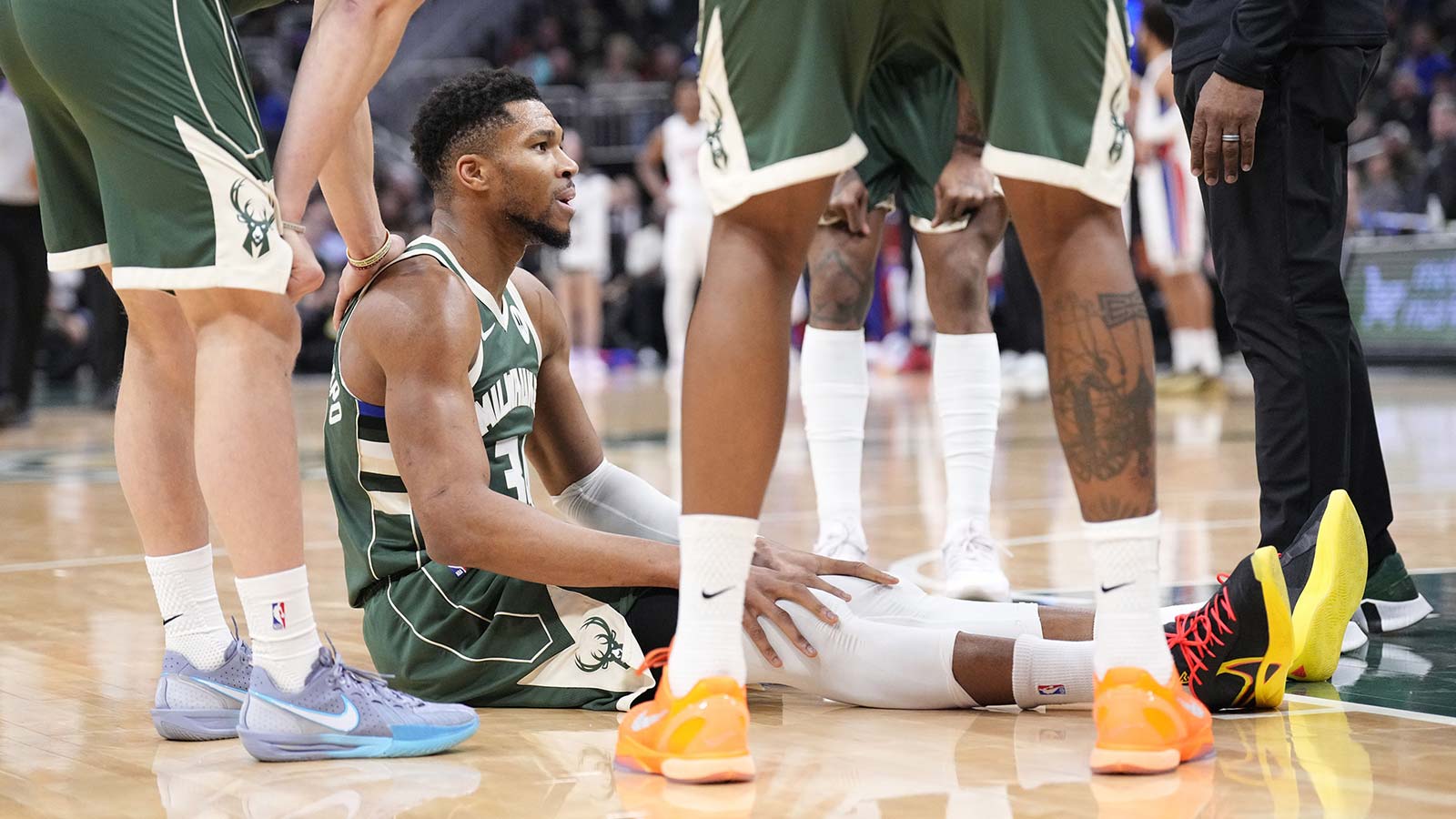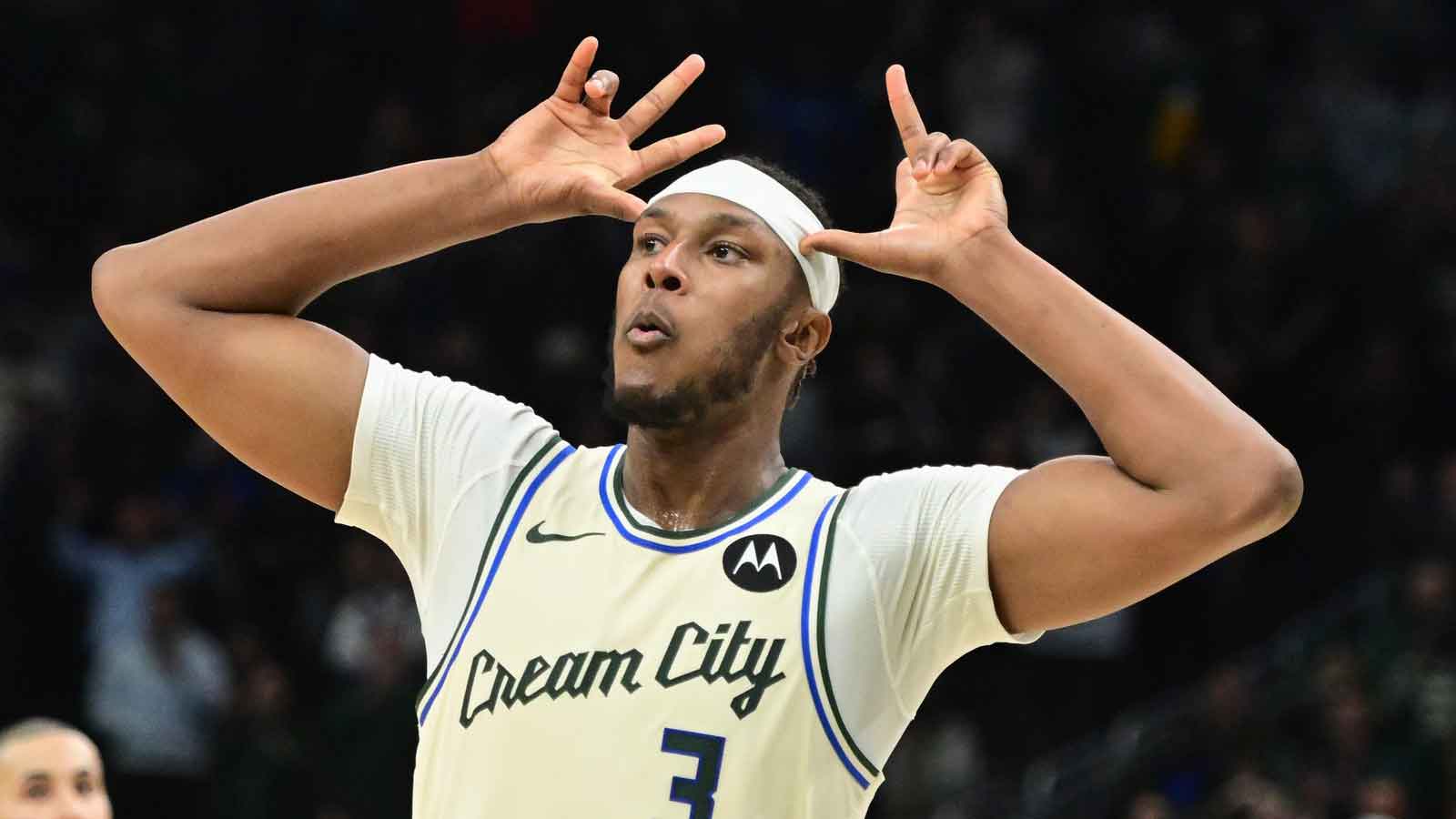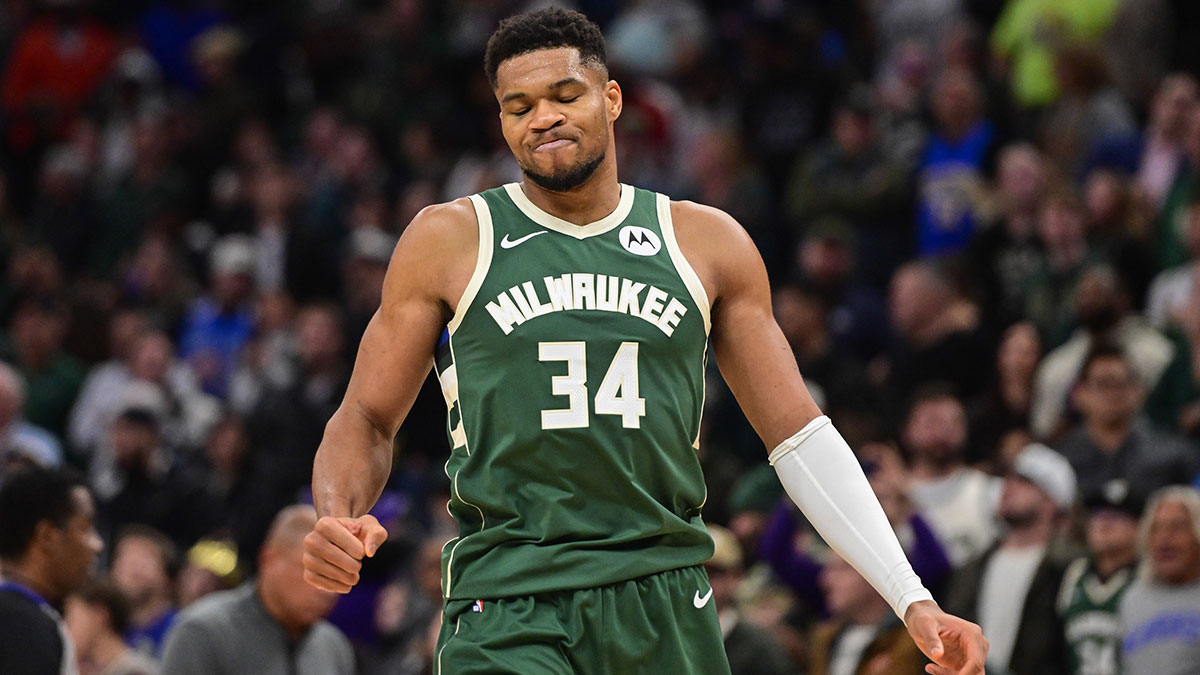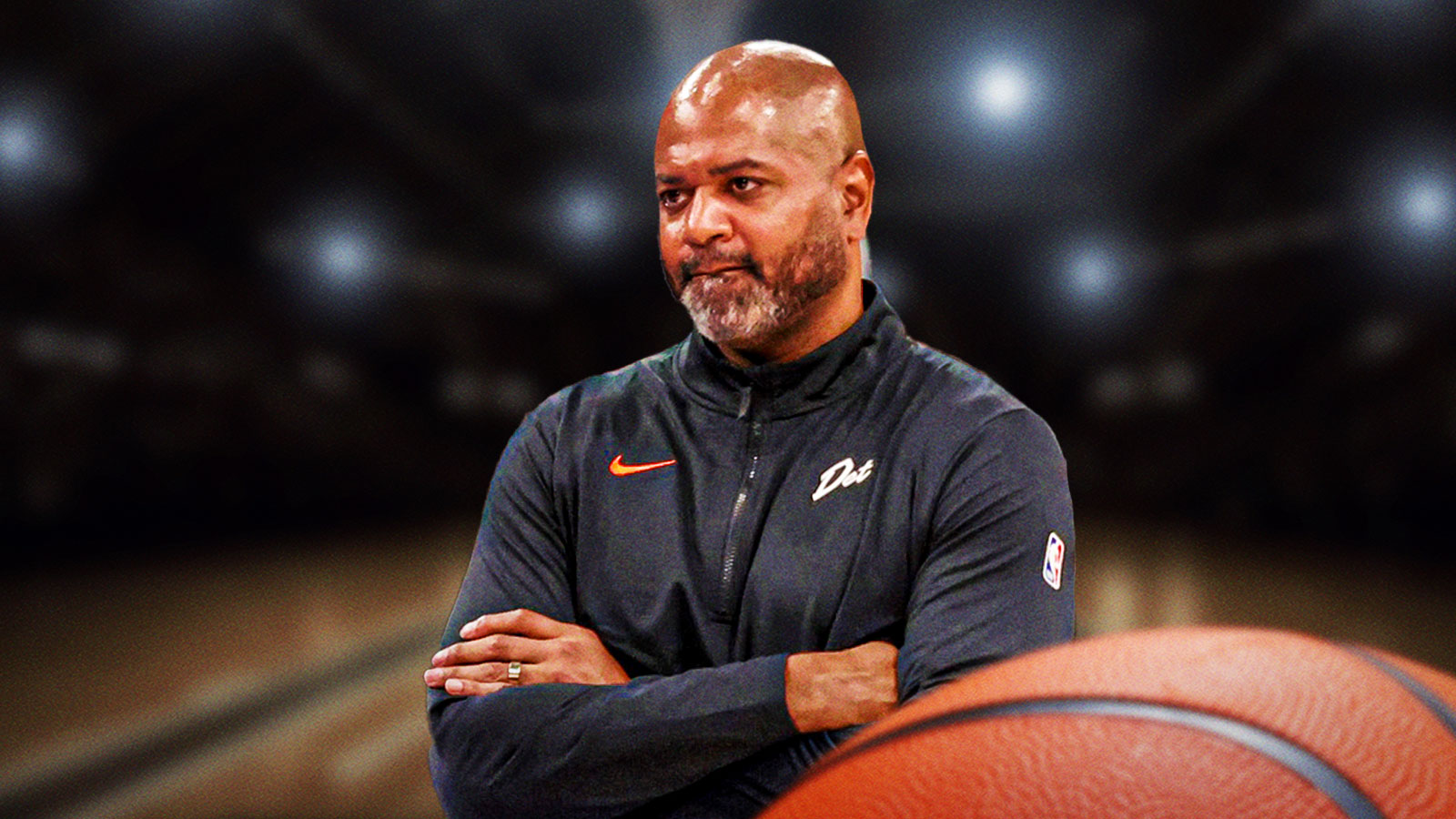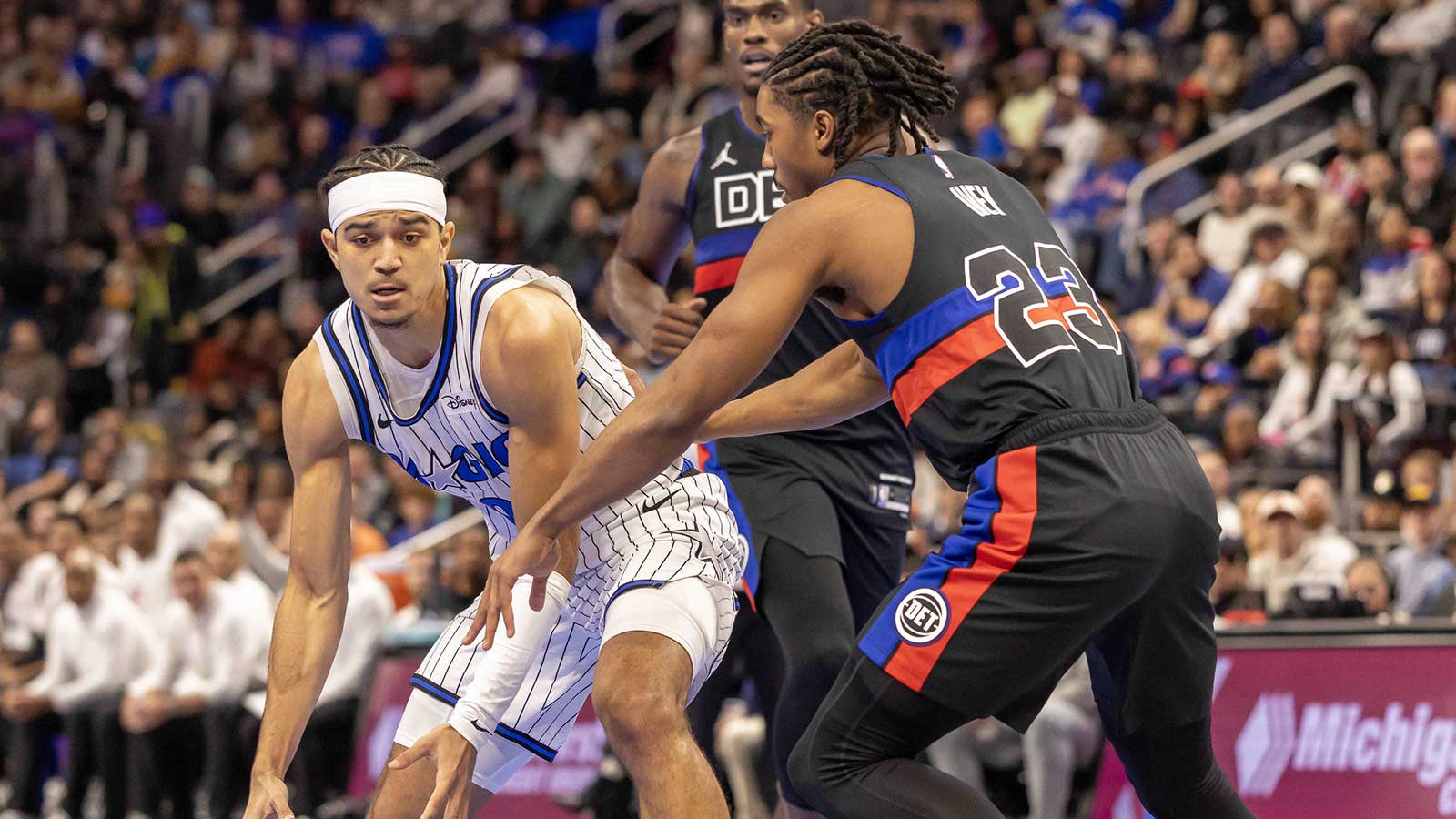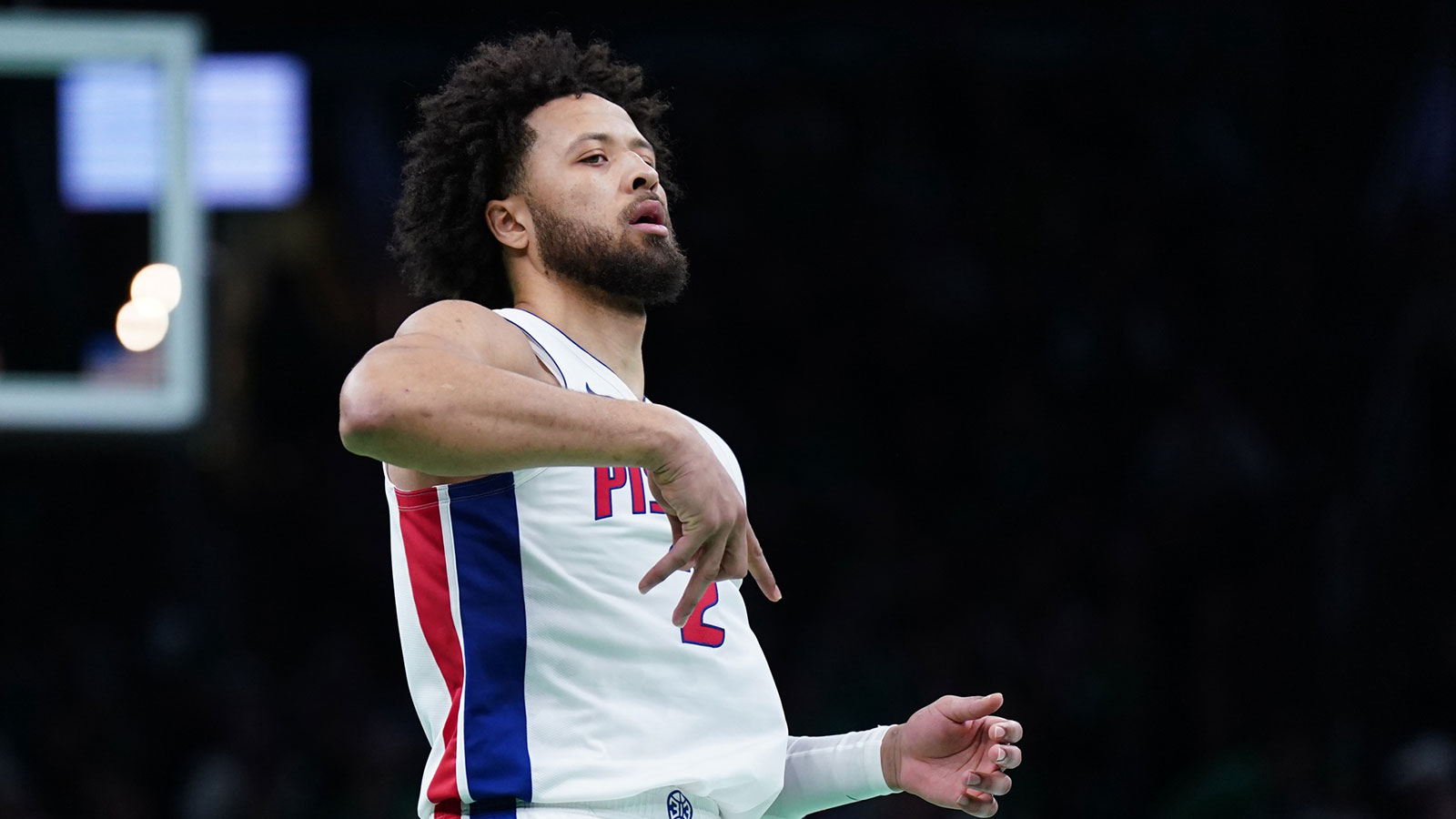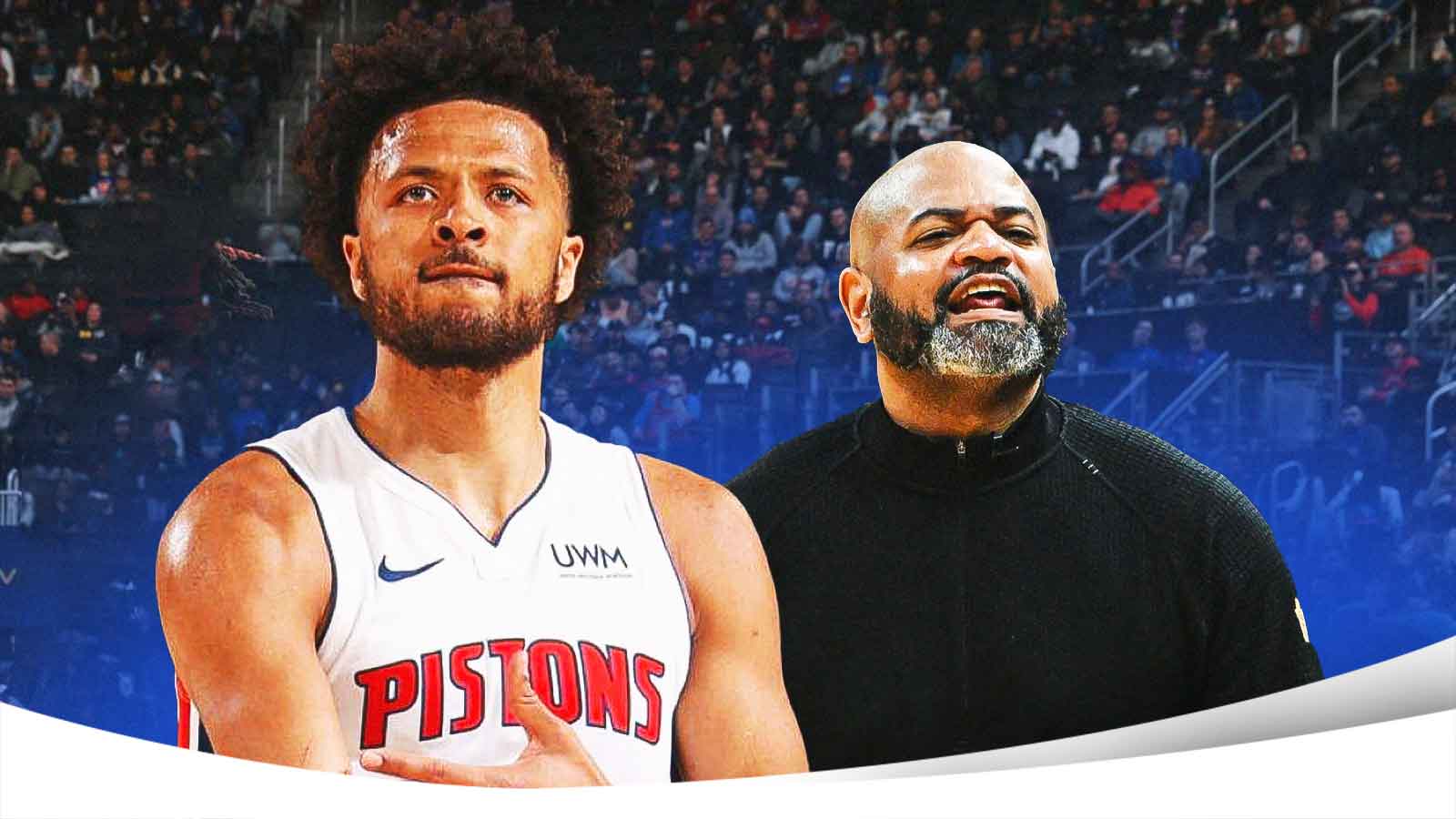Detroit Pistons preseason action kicks off next Monday at 8:00 PM ET when they take on the Memphis Grizzlies. After finally reaching improved grounds of team success, the Pistons are looking to build off that momentum. Detroit concluded last season by tripling its win total with a 44-38 record and making its first postseason appearance since 2019.
While preseason wins and losses do not tell the entire story, there are still many key points to pay attention to for this team. The young foundation for the Pistons still has a lot to prove heading into their second season under head coach J.B. Bickerstaff.
Bickerstaff has been open about his excitement to work with the Pistons during training camp. With expectations looming in Detroit's path, they have their chance to capitalize on what they started in 2024-25. Here are a couple of key storylines in Michigan ahead of the new campaign.
Jaden Ivey's health

One of the biggest question marks in 2025-26 for the Pistons is the health of shooting guard Jaden Ivey. These preseason matchups will be the first live game competition Ivey has participated in since his leg injury in January. Ivey was active for 30 regular-season games last season, and he is getting that first dose of outside competition since the injury.
Pistons President of Basketball Operations Trajan Langdon stated during Media Day that there are no restrictions on Ivey. Preseason will provide an early glimpse of how Ivey will look in return after the fibula break. Speed and athleticism were two of the biggest factors in his game. The hope is that the injury will not impact those areas in altering his ability to drive by his opponents or play in transition.
Ivey was flourishing and showing the development the Pistons were hoping for during that 30-game span. His scoring numbers were reaching a career-high average at 17.6 points per game and a 3-point shooting leap to 41%. Detroit invested in Ivey as a top-five draft selection with hopes that he could fit alongside point guard Cade Cunningham. That question was answered as both guards complimented each other seamlessly on the court and contributed to a winning basketball team.
We also got a glimpse of Ivey leading as the orchestrator of the second unit during stretches with staggered lineups. Bickerstaff may lean on that rotation during the preseason to see what Ivey can handle in his return.
Positionless Pistons?
There is a noticeable amount of athleticism up and down the roster on display for the Pistons. Bickerstaff has spoken on how he wants that as a quality advantage when facing opponents.
“We don't need to have guys that are just one position. We feel like we have a bunch of guys that can play positionless basketball and it helps their skill sets. So what we'll do is put the combinations that we see that work best for us, and we're not worried about having a backup one or two. We're trying to get talent on the floor,” Bickerstaff explained.
The Pistons are constructed with very few undersized players at their positions. There are fifteen players on the team roster that are at least 6-foot-5 with impressive wingspans that help matchups. Detroit are currently without former wings Tim Hardaway Jr. and Malik Beasley, but were able to replace them with taller forwards like Caris LeVert and Duncan Robinson. Both free agent additions offer similar offensive attributes and have spoke on a desire to commit to the defensive end.
Detroit's size and versatility also add to the dimension of their transition attack. The Pistons have capable ball-handlers throughout the roster that can lead fast breaks, which was their bread-and-butter last season ranking second in the league.
Power forward depth
The perimeter depth at the wing for the Pistons is clear, but the one area of possible is at power forward. Detroit will have returning starter Tobias Harris ready to go. The consistent options after Harris could be a question mark on their roster.
There is plenty of excitement about the development of young forwards Ausar Thompson and Ron Holland. Both wings have carved out notable traits as defensive specialists for the Pistons. However, their games are most predicated as small forwards instead of power forwards. They are both developing as perimeter shooters and would be considered somewhat undersized as a four.
Sixth-year big man Isaiah Stewart returned to center last season under Bickerstaff. Making that change ended the experiment of Stewart turning into a consistent stretch-four, but it allowed him to focus on the dirty work he takes so much pride in as a defender. Stewart finished the year as one of the best defenders in the NBA, even in condensed time as a sixth-man.
This could allow big opportunities for returning veteran Paul Reed to earn time as a backup power forward. Detroit could also have a chance for a young stretch-big like Bobi Klintman to show the impact he can bring to the Pistons' second unit.

